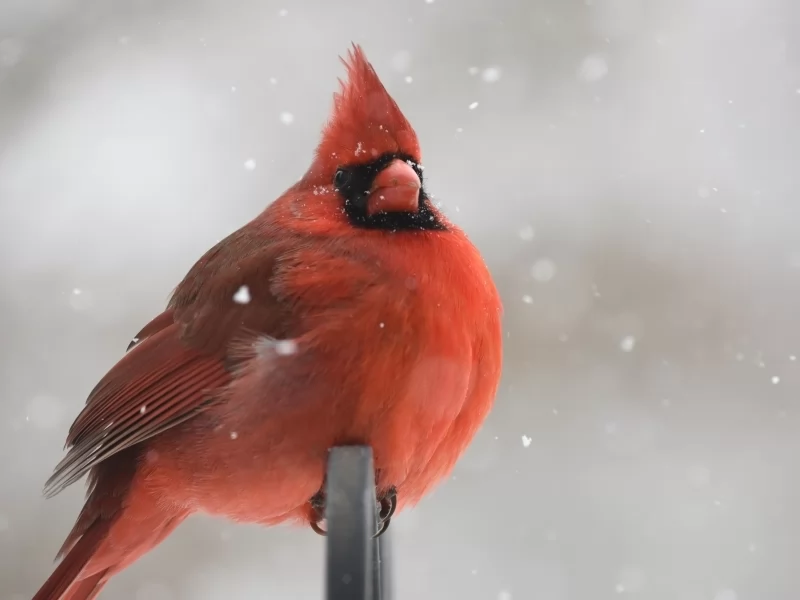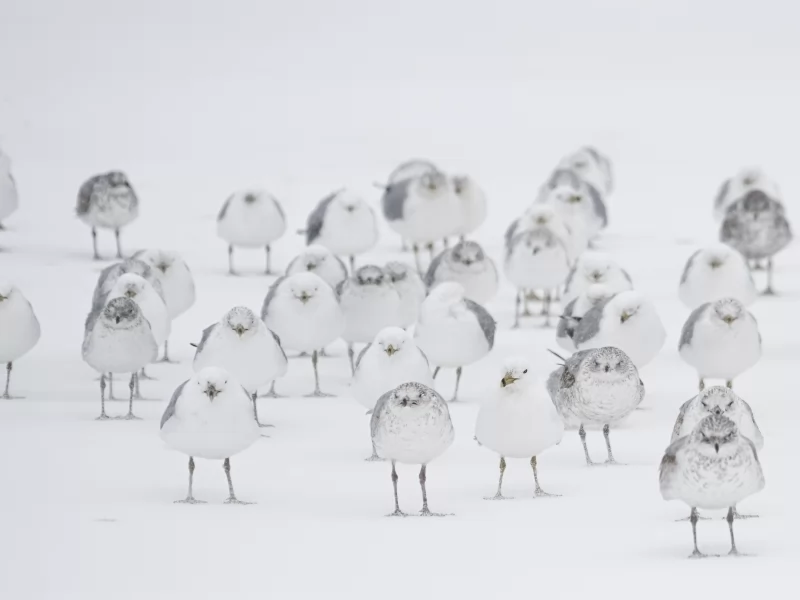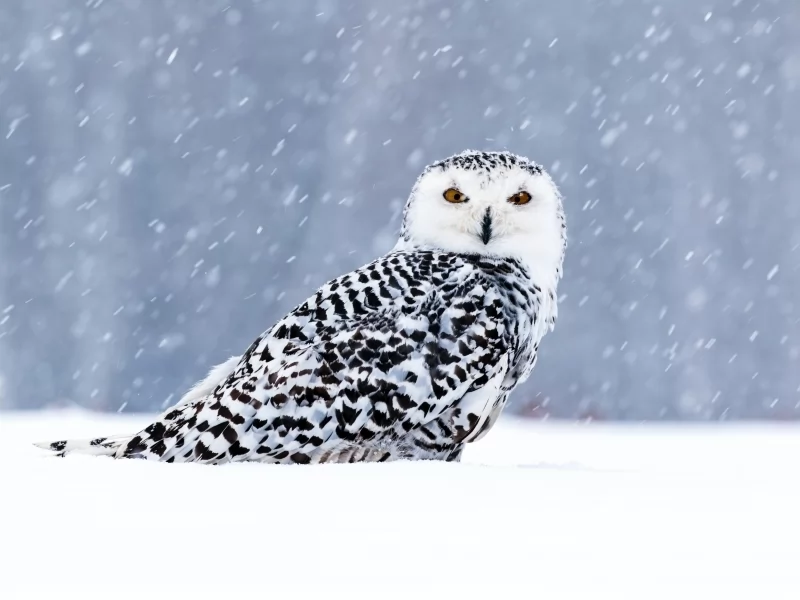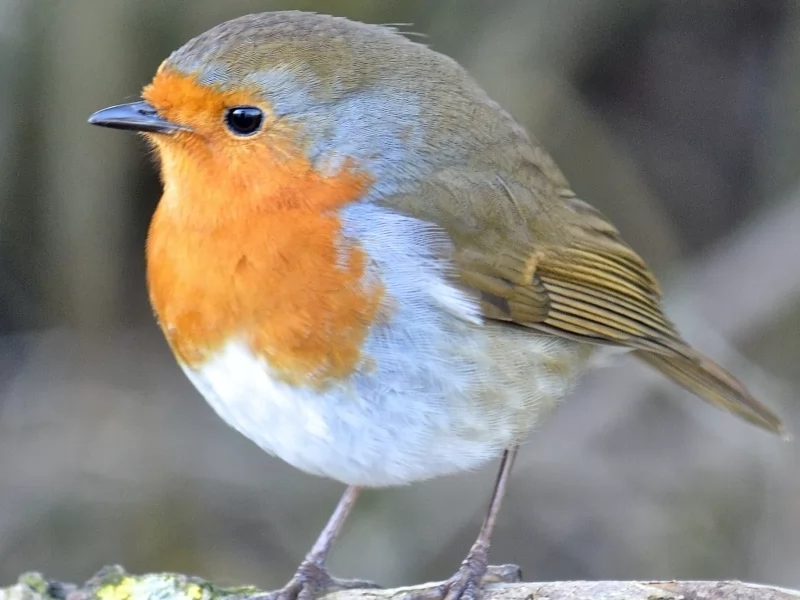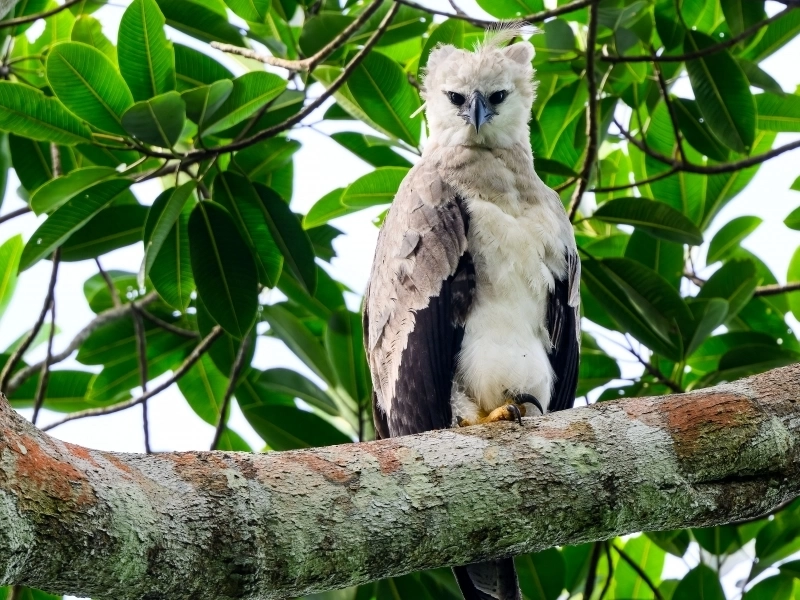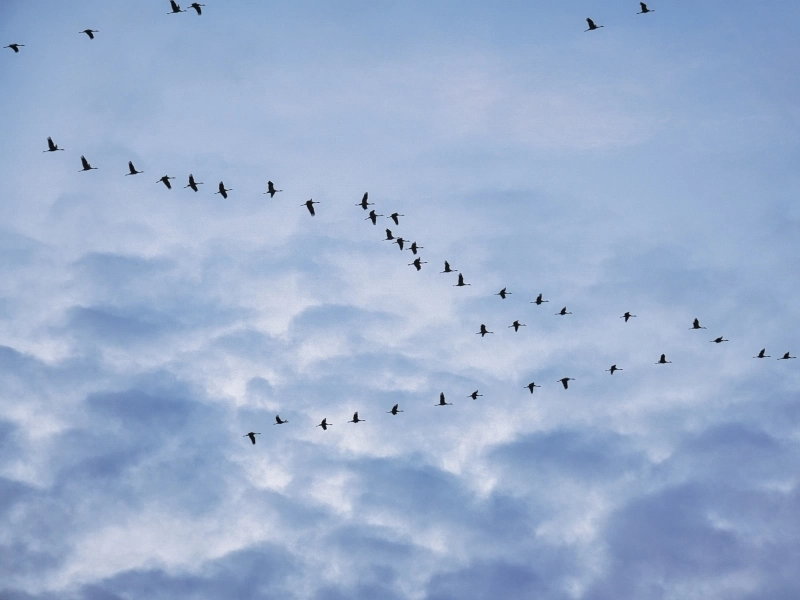News and Testimonials
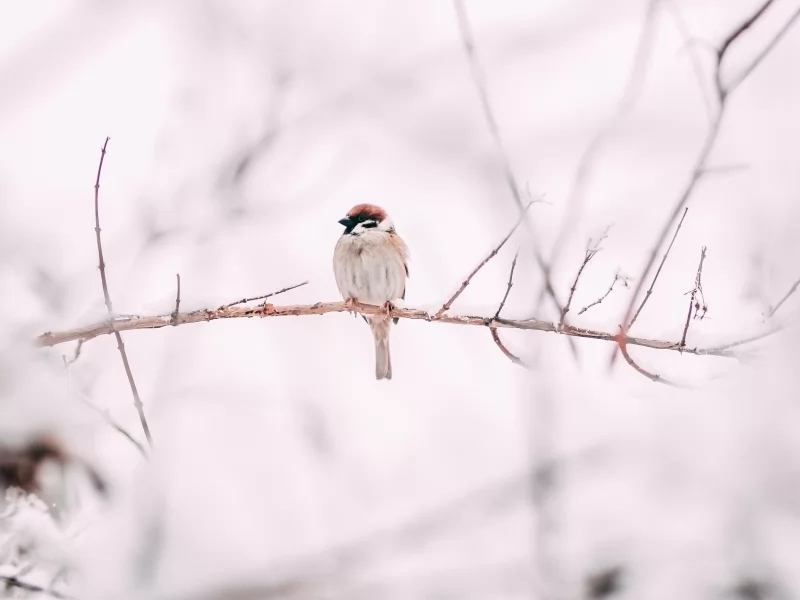
Ways to Help Birds in Bad Weather
Wintertime and the livin’ ain’t easy. Birds are hungry, and the snow’s piling high
Birds can survive without our help in the winter. Some ornithologists have even suggested that bird feeding is more beneficial to us (humans) than it is to the birds. Be that as it may, studies have shown that birds with access to bird feeders in winter survive at a higher rate than birds without access to such free food. The difference between the haves and the have-nots is not huge, but it’s there. Feeding birds in winter, if done right, is a good thing for the birds (and for us, too).
10. Make sure seed is accessible and dry. Hopper or tube feeders are good at protecting seed from wet weather, and they dole out food as it is eaten. Sweep snow off of platform feeders, or clear a place on the ground where you can scatter seed for ground-feeding species such as sparrows, towhees, juncos, and doves. If snow buildup is a problem…
9. Make a windbreak. A few winters ago we had a week of dry, blowing snow. The drifts were five feet deep, almost burying the feeders. We couldn’t possibly keep the feeders free of snow, so we switched tactics. We made a windbreak using our old Christmas tree, the remains of our brush pile, and two large pieces of plywood. We placed the tree on its side near the brush pile. We wedged the plywood pieces into the snow and the brush pile to serve as walls that drastically reduced the wind. We cleared the snow from a patch of ground on the sheltered side of this contraption and scattered seed. The birds swarmed to our new, wind-free spot. Which brings me to another good idea…
8. Keep extra feeders for use in bad weather. We keep an extralarge-capacity tube feeder in the garage for use when nasty weather comes. It not only gives the birds another place to eat, which means more birds can eat at one time, but it also cuts down on our trips outside for refilling the feeders. Other extras to consider having: peanut feeder, suet feeder, satellite feeder (for the small birds to use), and a hopper feeder.
7. Scatter seed in sheltered places. Not all birds will venture to a feeder of any sort, no matter how bad the weather. Some species prefer to skulk in the thickets, brambles, and other secure places. For these species, consider scattering some seed (black-oil sunflower, sunflower bits, peanut bits, mixed seed) under your deck, in your hedges and bushes, or even along the edge of a wooded area. At our farm the eastern towhees, darkeyed juncos, and Carolina wrens much prefer to feed on food scattered under our deck. Many of the American tree sparrows and white-throated sparrowsappreciate the seed we toss into the raspberry thicket on the edge of our woods.
6. Offer high-energy foods such as suet, meat scraps, and peanut butter. Fat gives the biggest energy boost to winter birds, and without enough energy to keep them going, many songbirds would not survive a cold winter night. Suet (the fat removed from processed beef), meat scraps, and peanut butter all provide fat to birds that eat them. If you don’t have a suet feeder, use a mesh onion bag. Suspend it from a tree branch or iron feeder hook. To feed peanut butter, drill one-inch holes in a foot-long section of a small log. Insert a screw eye into one end of the log. Smear peanut butter into the holes and suspend the feeder from the screw eye. Or just smear peanut butter onto the bark of a tree. And, no, peanut butter will not stick to the roof of a bird’s bill and choke it to death.
5. Use a birdbath heater wisely. A water heater can keep your birdbath open in the coldest weather, which is good and bad. It’s good because birds need water to drink when it’s cold. If there’s snow, birds can use the snow for water. But if there’s no snow they may have no access to water. There is some anecdotal evidence that birds will bathe in open water in very cold weather (below 0o F), and the water may freeze on their feathers before it dries. This can be very bad— even fatal—for birds. I suggest you place several large rocks in your bath so there is not enough room for a bird to bathe, but still plenty of places for a thirsty bird to get a drink. When the weather warms up you can remove the rocks and let the birds get on with their hygiene.
4. Offer mealworms in a heavy dish or small crock. I’m a big mealworm fan, although I don’t eat them myself. The birds at our house appear for their mealworms every morning, especially in winter. Where else are they going to get live food when the ground is frozen? Use a heavy dish so the wind can’t blow the worms or the dish away. We use a small dog dish made of glazed crockery. The worms can’t climb its slick sides.
3. Furnish your bird houses. Imagine you’re a bird roosting in a nest box on a cold winter’s night. Wouldn’t it be nice to snuggle down into some dried grass or dry wood shavings in the bottom of the house? We usually layer three to four inches of clean, dry meadow grass in the bottom of our bluebird boxes after the last nesting of the summer. Every one of our boxes is used as a roost site in the off-season. Wood shavings work well, too. Don’t use sawdust, however; it can retain moisture, which does not help the birds keep warm. Here’s another bird house tip…
2. Plug the air vent holes in your bird houses with removable weather stripping. We use the claylike weather stripping that comes in a roll (Moretite is one brand) for this purpose. Good ventilation is necessary on a scorching summer day, but it’s a real liability for birds seeking winter shelter. Think how cozy the birds will be in a well-sealed house.
1. Be ready for big changes in weather. If you keep abreast of the weather developments you’ll know when bad weather is coming, and you’ll be able to stock up on seed, suet, and other goodies. You can also be ready to take on some of the activities listed above. Conversely, when the weather breaks, take advantage by cleaning and disinfecting your feeders (one part bleach to nine parts hot water). Whatever you do, don’t let yourself be caught totally unprepared for harsh winter weather. The birds don’t have to live off of your feeder largess, but it sure helps make the winter
Source: BILL THOMPSON, III
livin’ a little easier.


